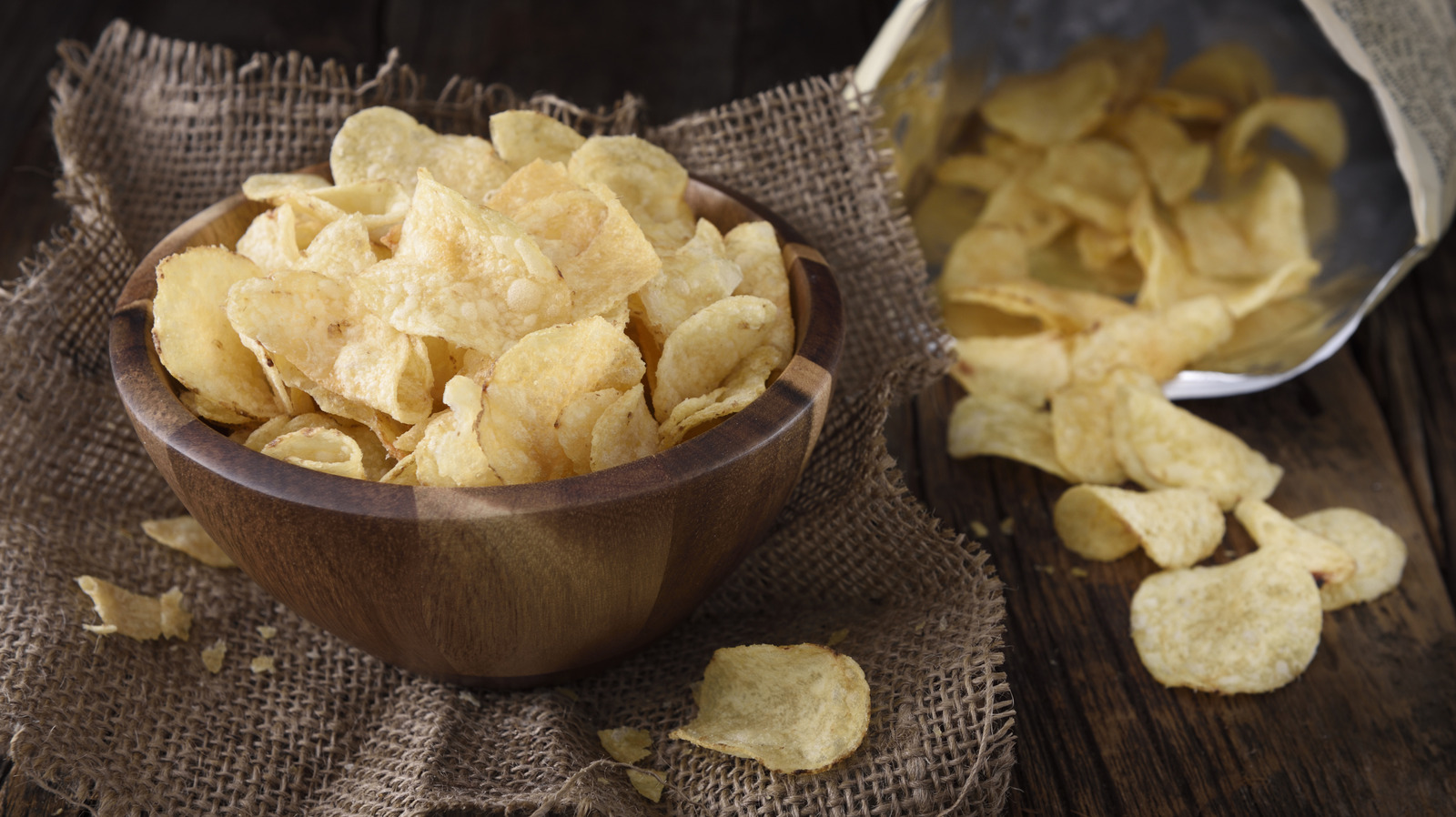Sometimes you just need some extra salt in your life. If you've ever purchased unsalted potato chips without meaning to, we're here to help. Unfortunately, it's not as easy as throwing some loose salt in the bag and shaking it up.
The dry chips won't hold any of the flavor, and the salt granules will sink to the bottom. This means we'll need our chips to be sticky and moist enough to accept the salt crystals, but not so overwhelmed with moisture that they will lose their satisfying crunch. It's essential to end up with a crunchy, salty chip, but how? Luckily, we have chemistry on our side.
Even if you skipped the class on particle-level models of evaporation, you can still use the magic of sodium chloride (table salt) and the positive and negative poles of a water molecule to breathe life back into your sad, flavorless chips. Salt dissolves easily in water because of the attraction between the molecules of the liquid and the particles of the solid. When the water begins to evaporate, the salt water gets more concentrated.
Thus, the sodium and chloride ions bond yet again to form salt crystals, which are left behind on the surface once the water dissipates. In this case, the surface is your chips and the salt residue is your much-needed flavoring. The salting procedure, salt types, and other flavors Now that you're an expert chemist and flavor scientist, it's time to talk tools.
You'll need a heat-proof cup, any kind of food-grade mister, a sheet pan, and an oven (go ahead and.


















